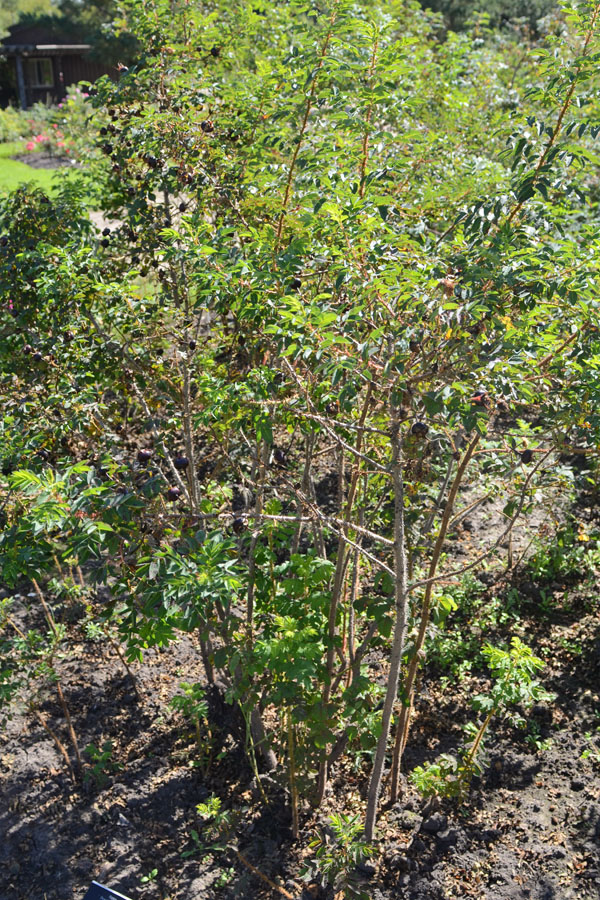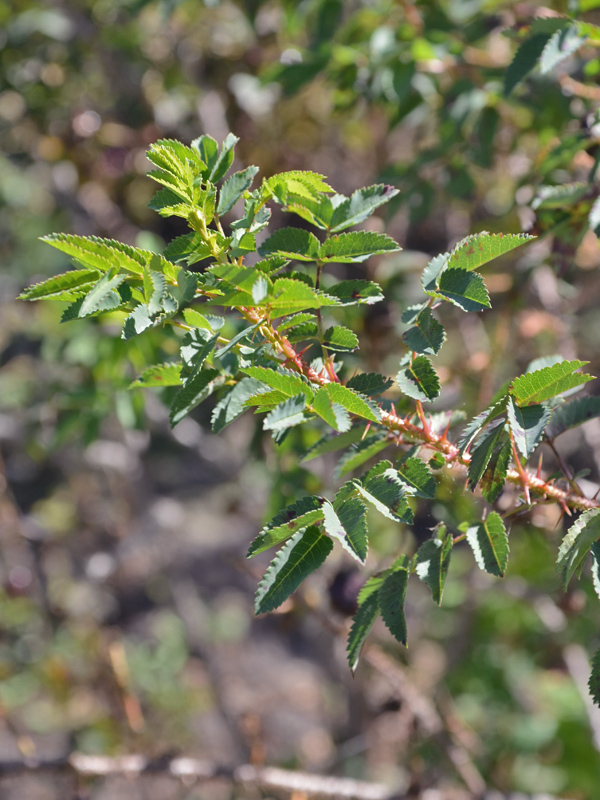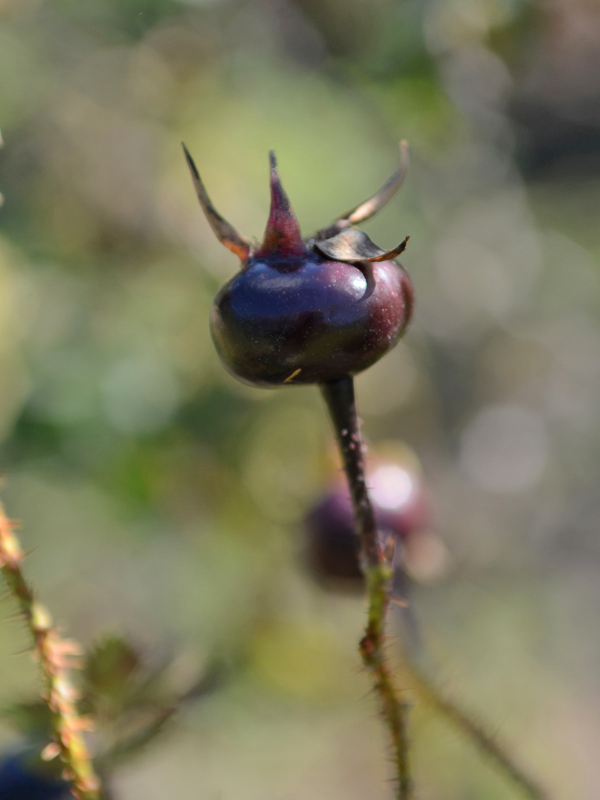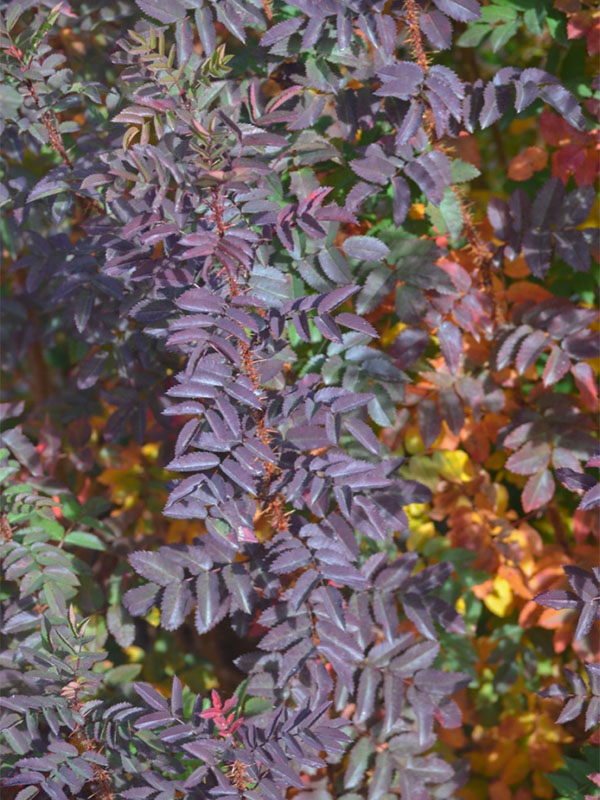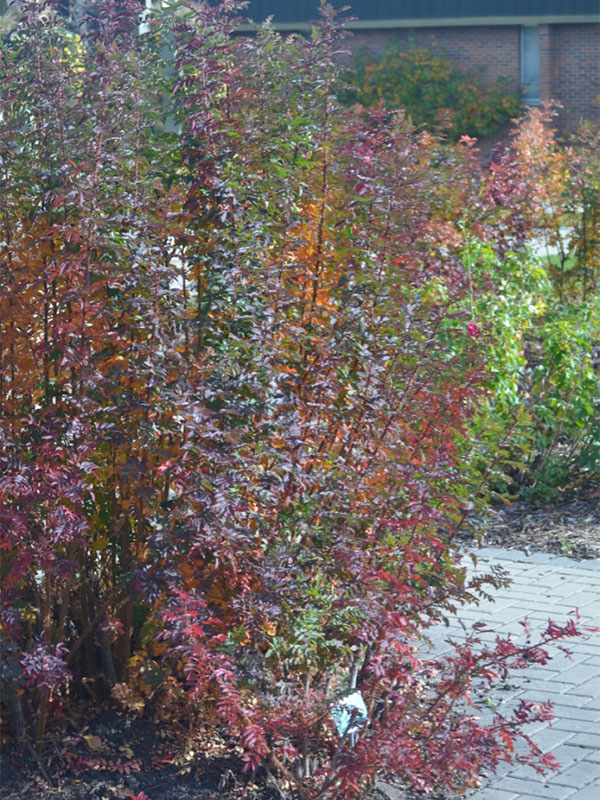
Woody > Rosa > Rosa 'Prairie Peace'
Rosa
'Prairie Peace'
Prairie Peace Rose
Origin: Hybridized by Erskine in 1975.
| Family |
| Rosaceae |
| Genus |
| Rosa |
| Cultivar |
| 'Prairie Peace' |
| Category |
| Woody |
| Type |
| Shrub (deciduous) |
| USDA Hardiness Zone |
| 3a |
| Canadian Hardiness Zone |
| 3 |
| RHS Hardiness Zone |
| H7 |
| Temperature (°C) |
| -40 |
| Temperature (°F) |
| -40 |
| Height |
| 2 m |
| Spread |
| 1 m |
Photographs
Description and Growing Information
Flowering Period
| Landscape |
| Borders, hedges, climbers, rock garden, flower beds, containers, cut flowers, can accommodate almost any garden need. |
| Cultivation |
| Grow in full sun in moist but well-drained soil. Suckers should be removed annually. |
| Shape |
| Compact spreading. |
| Growth |
| Fast |
| Pests |
| Aphids, leafhoppers, spider mites, scale insects, caterpillars, mildew, dieback, canker, viruses, rust and rose slugs. |
| Habitat |
| Horticultural origin. |
| Bark/Stem Description |
| Smooth, semi-glossy robust woody stems with small long characteristic rose spines/thorns. |
| Leaf Description |
| Semi-glossy, robust, serrated elliptic-pinnate leaves. |
| Flower Description |
| Solitary, or clustered sprays of showy 26 - 38 petaled flowers arranged in tight whorls. |
| Fruit Description |
| Small round, almost purple-black rosehips. |
| Colour Description |
| Showy blooms creamy-peach in colour, deep reddish-purple to medium green foliage, purple-black rosehip fruits and brownish-green bark with reddish-brown spines/thorns. |
| Texture Description |
| Medium to thorny. |
| Notable Specimens |
| The Devonian Botanic Garden, Devon, Alberta, Canada. Olds College, Olds, Alberta, Canada. |
